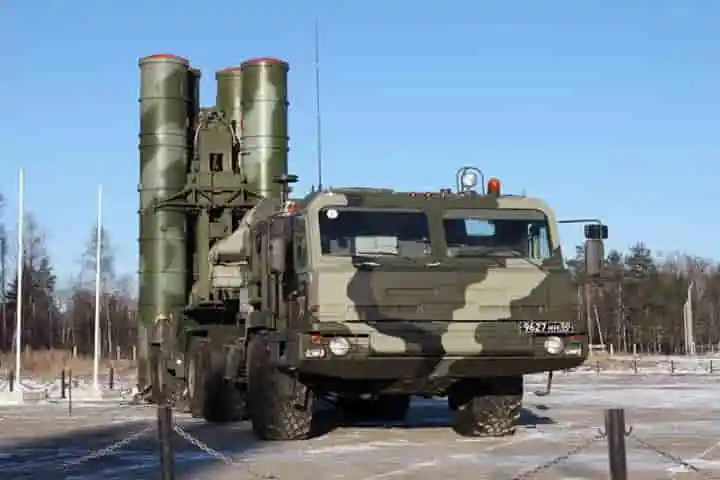India is energetically preparing for the deployment of the S-400 air defence systems.
At least two regiments of S-400s would be inducted along India’s northern and eastern borders by the beginning 2022, the Hindustan Times reported.
The daily pointed out that once the inductions are made, they would balance the China’s tactical advantages along the 1,597-km Line of Control (LAC) in Ladakh following Beijing’s surprise transgressions in May 2020
The report, citing diplomatic sources, said that advance elements of S-400 systems have already started arriving, and deep penetration radars of the two systems would be in place next month. The two S-400 systems will be fully deployed by early 2022 to match China's positioning of the same system across the Ladakh and Arunachal LAC.
China has deployed its S-400 missiles in Ngari Gar Gunsa opposite Ladakh and Nyingchi air base facing Arunachal Pradesh.
Russia has already trained two Indian military teams that can operate the highly advanced S-400 system, which can target hostile targets 400 kilometres away.
So far, China has been deterred from achieving its strategic objective—of holding its expansive 1959 claim line, by changing facts on the ground along the disputed India-China border.
So far, three factors have prevented China from achieving its military objective. The deadly Galwan valley clash on June 15, 2020, demonstrated India’s psychological will to fight till the end—a fact that the People’s Liberation Army higher command was bound to notice, analyse and internalise.
Second, the brilliant move by the Special Frontier Forces, composed mostly of Tibetans in exile to occupy heights on the south bank of the Pangong lake , also took the Chinese by surprise. The move immediately exposed China’s Moldo garrison to a direct strike by Indian forces. Consequently, the daring action formed the basis for a disengagement and restoration of the status quo ante along Pangong lake.
Third, the deployment of the nuclear delivery capable fourth generation Rafale fighter jets and T-90 tanks further dissuaded China from moving towards the 1959 claim line.
But still, the Chinese have not restored the status quo ante, that is a deployment posture that existed before May 2020 when PLA troops moved through several spots along the LAC in the direction of the 1959 claim line.
The deployment of the S-400 will neutralise China’s tactical advantage, opening up the prospects of a lengthy stalemate. The likelihood of a no-win situation, may well persuade Beijing to move on the political and diplomatic track to restore the status quo ante, and lower the temperature of the turbulent India-China relationship.
Also Watch: India Russia Relations Growing Stronger With Delivery Of S 400 Missiles And Putin Visiting India |
Also Read: Apart from the Putin-Modi summit, India and Russia will hold 2+2 talks on December 6




















